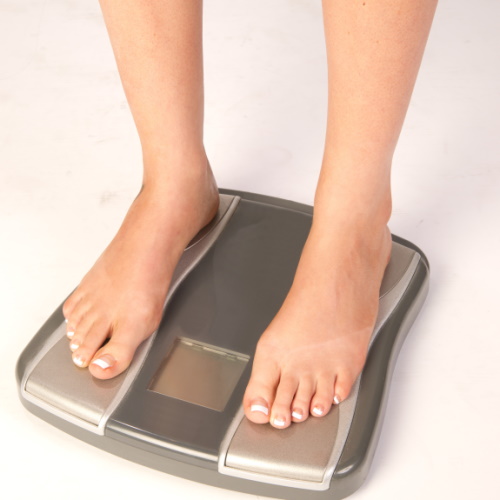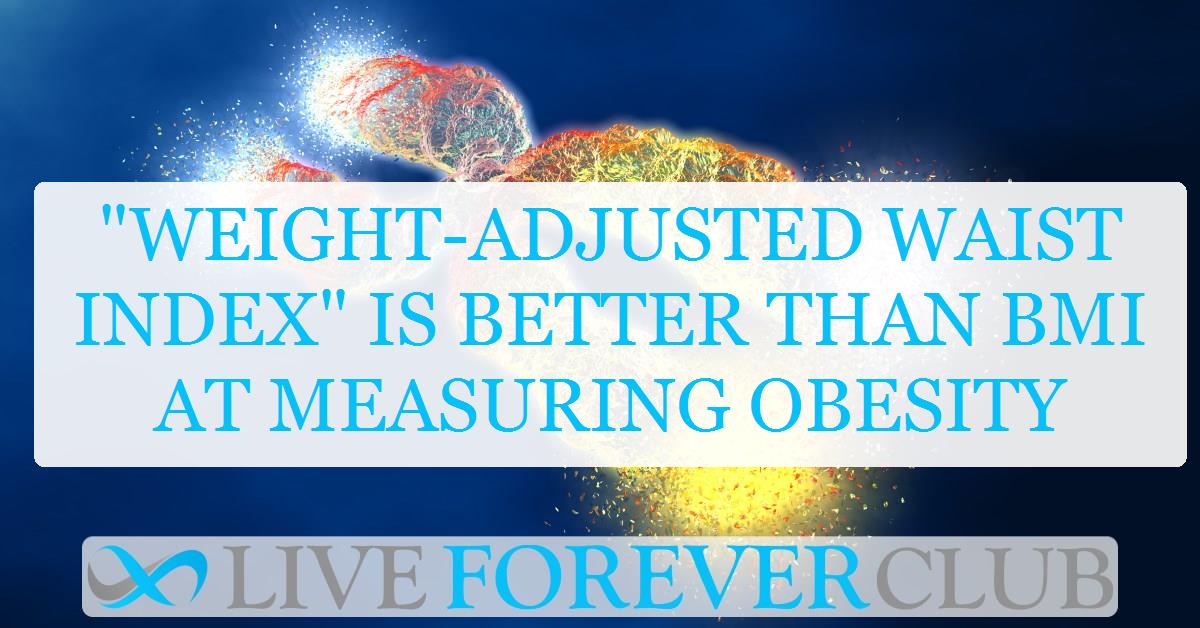For most of us, the thought of aging and obesity is an alarming prospect. It is a double-edged sword affecting millions globally. Recently, a fascinating study has unraveled an innovative metric to measure obesity - the Weight-Adjusted Waist Index (WWI). It promised a more considerable insight into the journey of human aging.
Glimpse into the DNA
Telomeres, the star of this research, are the protective end caps of chromosomes, much like the plastic sheath at the ends of your shoe laces. Every time a cell divides, these telomeres get shorter, eventually triggering cell aging and ultimately, death. The shorter they are, the more associated they are with diseases such as diabetes, Alzheimer's and cardio-related diseases.
Now, you might wonder why this telomere talk is gaining ground? Well, simply put, telomeres are the crystal balls of our genetic data. They shield our vital information and understanding them is the key to unlocking the mysteries of the aging process.
BMI’s shortcomings
For a long time, Body Mass Index (BMI) was the go-to metric to measure obesity. But, here's the catch - it doesn't differentiate between fat and lean mass nor does it give a clear picture of fat distribution. This was the springboard that propelled researchers to develop the WWI which considers waist circumference based on body weight, thus measuring abdominal fat more accurately.
The BMI often misclassifies individuals. For instance, an athlete with high muscle mass may have a high BMI but low body fat.
On the flip side, someone with a normal BMI might have high abdominal fat leading to serious health risks. This is where the WWI steps in to save the day by compensating for these deficiencies.
Weight-Adjusted Waist Index and obesity
The research was conducted by team at aDepartment of Geriatrics, Zhejiang Hospital, Hangzhou, Zhejiang, China. They used data from 3,479 participants derived from the National Health and Nutrition Examination Survey (NHANES) from 1999 to 2000. Some serious number crunching was done to explore the relationship between WWI and telomere length.
The primary objective of the study - to uncover the correlation between WWI and telomere length, especially among the American adult population.
Surprising findings
The study unveiled a significant negative association between WWI and telomere length. In layman's terms, the higher the WWI values, the shorter the telomeres. This means, as abdominal obesity increases, telomere length decreases, raising the red flag on health risks.
Breaking away from the norm, the relationship between WWI and telomere length followed an inverted U-shaped curve. This pointed towards interesting implications at moderate, high and very low WWI levels.
What is impressive about this study is that its impact held consistent across various genders, ages, health conditions - making it more credible.
Health and aging connection
Controlling WWI within an optimum range might be instrumental in regulating aging and overall health. Telomere length is a critical factor in biological aging. So, if you're able to reduce abdominal fat, you're essentially slowing down the aging process at a cellular level.
In contrast to BMI, WWI provides a comprehensive view of abdominal obesity. It can potentially identify individuals at higher risk of age-related diseases and guide interventions that can save the day.
Limitations and Prospects
Though the study has been an eye-opener, it has its limitations. Because of its design, it does not establish a direct cause-and-effect relationship, and some confounding factors were overlooked. The study, however, paves the way for future research that can include a wider set of variables and more comprehensive methods of analysis.
The WWI metric can be a handy tool for healthcare providers to assess obesity-related risks accurately. Individuals can keep track of their WWI, aiming to stay within a healthy range, which can lead to improved health and longevity. For policymakers, WWI can be a new yardstick to combat obesity more effectively.
The study unquestionably showcases a strong link between WWI and telomere length. By managing abdominal fat, we can promote healthier aging. Monitoring WWI and adopting healthier lifestyles can help improve long-term health and longevity.
Effectively addressing the global obesity epidemic requires accurate measures like WWI. The Weight-Adjusted Waist Index emerges as a promising weapon in our armory. By focusing on specific fat distribution rather than overall weight, it provides a more detailed understanding of health risks, guiding us on our path to wellness.
How to Measure Weight-Adjusted Waist Index (WWI)
Measuring the Weight-Adjusted Waist Index (WWI) is straightforward and involves two main steps: measuring your waist circumference and your body weight. Here's a step-by-step guide:
1. Measure Your Waist Circumference
Materials Needed:
- A flexible measuring tape.
Steps:
- Stand Up Straight: Stand with your feet shoulder-width apart and your arms at your sides.
- Locate the Measurement Point: Find the midpoint between the bottom of your rib cage and the top of your hip bone. This is usually just above your belly button.
- Wrap the Measuring Tape Around Your Waist: Place the measuring tape around your waist at this midpoint. Ensure the tape is level all the way around and not twisted.
- Breathe Normally: Take a normal breath in and out. Measure your waist circumference after exhaling, ensuring the tape is snug but not compressing your skin.
- Record the Measurement: Note the measurement in centimeters (cm).
2. Measure Your Body Weight
Materials Needed:
- A bathroom scale.
Steps:
- Place the Scale on a Hard, Flat Surface: Ensure your scale is on a stable surface for an accurate reading.
- Weigh Yourself: Step onto the scale and stand still until the scale displays your weight.
- Record the Measurement: Note your weight in kilograms (kg).
3. Calculate the Weight-Adjusted Waist Index (WWI)
Formula: WWI=Waist Circumference (cm)Body Weight (kg)WWI=Body Weight (kg)Waist Circumference (cm)
Steps:
- Square Root of Body Weight: Calculate the square root of your body weight in kilograms.
- Divide Waist Circumference by Square Root of Body Weight: Take your waist circumference measurement and divide it by the square root of your body weight.
Example Calculation:
- Waist Circumference: 85 cm
- Body Weight: 70 kg
- Square Root of Body Weight: 70≈8.3770≈8.37
WWI=85 cm8.37≈10.15 cm/√kgWWI=8.3785 cm≈10.15 cm/√kg
Normal Range of Weight-Adjusted Waist Index (WWI)
Understanding the normal range of Weight-Adjusted Waist Index (WWI) is crucial for assessing abdominal obesity and related health risks. While specific ranges can vary based on population studies and individual health profiles, here are general guidelines based on current research.
General Guidelines for WWI
- Low WWI: Typically, a WWI below 9.5 cm/√kg is considered low. This range might indicate a healthy level of abdominal fat, but it could also be associated with insufficient body fat in some individuals, which might not be optimal for overall health.
- Normal WWI: A WWI in the range of 9.5 to 10.5 cm/√kg is generally considered normal. This range suggests a balanced amount of abdominal fat and lean mass, aligning with a lower risk of obesity-related health issues.
- High WWI: A WWI above 10.5 cm/√kg is typically considered high. This range indicates higher abdominal fat, which is associated with increased risks of cardiovascular diseases, diabetes, and other obesity-related conditions.
The study is published in the journal Medicine.






